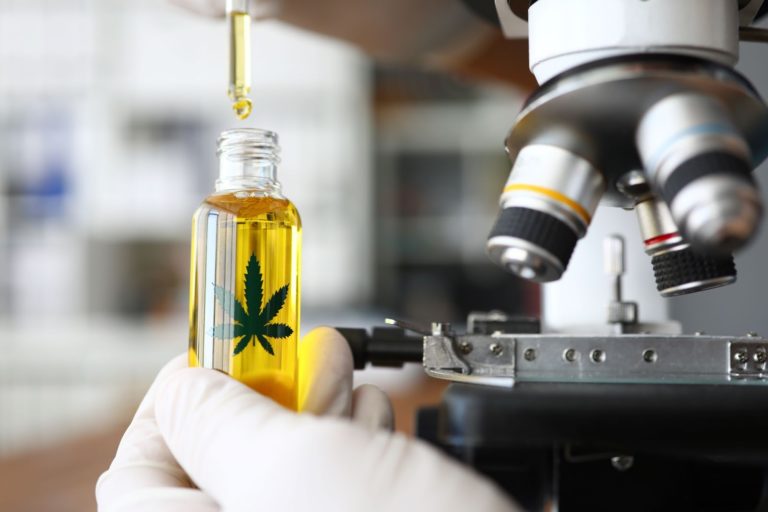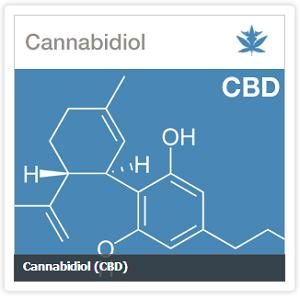 Medical Uses of Cannabis: Pain
Medical Uses of Cannabis: Pain
By Alan Shackelford, M.D.
According to a paper published in the Journal of Opioid Management in 2009, more than 15,000 peer-reviewed scientific and medical studies of cannabis were published world-wide between 1960 and mid-2008. A number of those studies showed that cannabis can be an effective treatment for a variety of different medical conditions such as glaucoma, muscle spasms in multiple sclerosis, neuropathic and other kinds of pain, nausea, weight loss in wasting syndrome and several psychological conditions including PTSD and Tourette syndrome. Others showed that compounds found in cannabis may prevent or treat Alzheimer’s disease, Parkinson’s disease and HIV-related dementia, and may limit neurological damage in strokes and trauma. This month, we will look at some of the evidence supporting the use of cannabis to treat pain.
Recent studies (the earliest documented use of cannabis as an analgesic was in China some 2,800 years BCE ) have demonstrated the efficacy of cannabis in alleviating acute pain resulting from chemical exposure, mechanical injury such as surgery, and burns. Other studies have shown that cannabinoids are very effective treatments for chronic neuropathic pain and pain caused by inflammation such as those associated with rheumatoid and osteoarthritis. Cannabis has also been found to be an effective treatment for migraine headaches and to enhance the effects of non-steroidal anti-inflammatory and opiate pain medications.
In addition to its remarkable effectiveness in relieving a variety of different kinds of pain, two other factors make cannabis a particularly good treatment option: its incredible safety and low toxicity. There has never been a verified report of a death due to a cannabis overdose in its more than 4,000 years of use as a medicine. The same cannot be said of narcotic pain medicines, nor can it be said of prescription and over-the-counter non-steroidal anti-inflammatory medications. Deaths from opiate overdoses rose nearly 97 percent between 1997 and 2002, to more than 12,000 a year in American metropolitan areas. Today, some nine years later, narcotic overdoses are the second leading cause of accidental death in the United States, just behind traffic accidents, according to the CDC. Furthermore, in the late 1990s a conservatively estimated 16,500 patients with rheumatoid and osteoarthritis were thought to have died each year from the effects of non-steroidal anti-inflammatory medications, according to the June, 1999 New England Journal of Medicine. That number has continued to rise each year since then. Given these kinds of statistics, maybe cannabis deserves more than a just a fleeting glance as a treatment option for pain.
Please join us again next month as we continue to explore the use of cannabis as a treatment for a variety of different medical conditions.
Alan Shackelford, M.D., graduated from the University of Heidelberg School of Medicine and trained at major teaching hospitals of Harvard Medical School in internal medicine, nutritional medicine and hyperalimentation and behavioral medicine. He is principle physician for Intermedical Consulting, LLC and Amarimed of Colorado, LLC and can be contacted at Amarimed.com.









